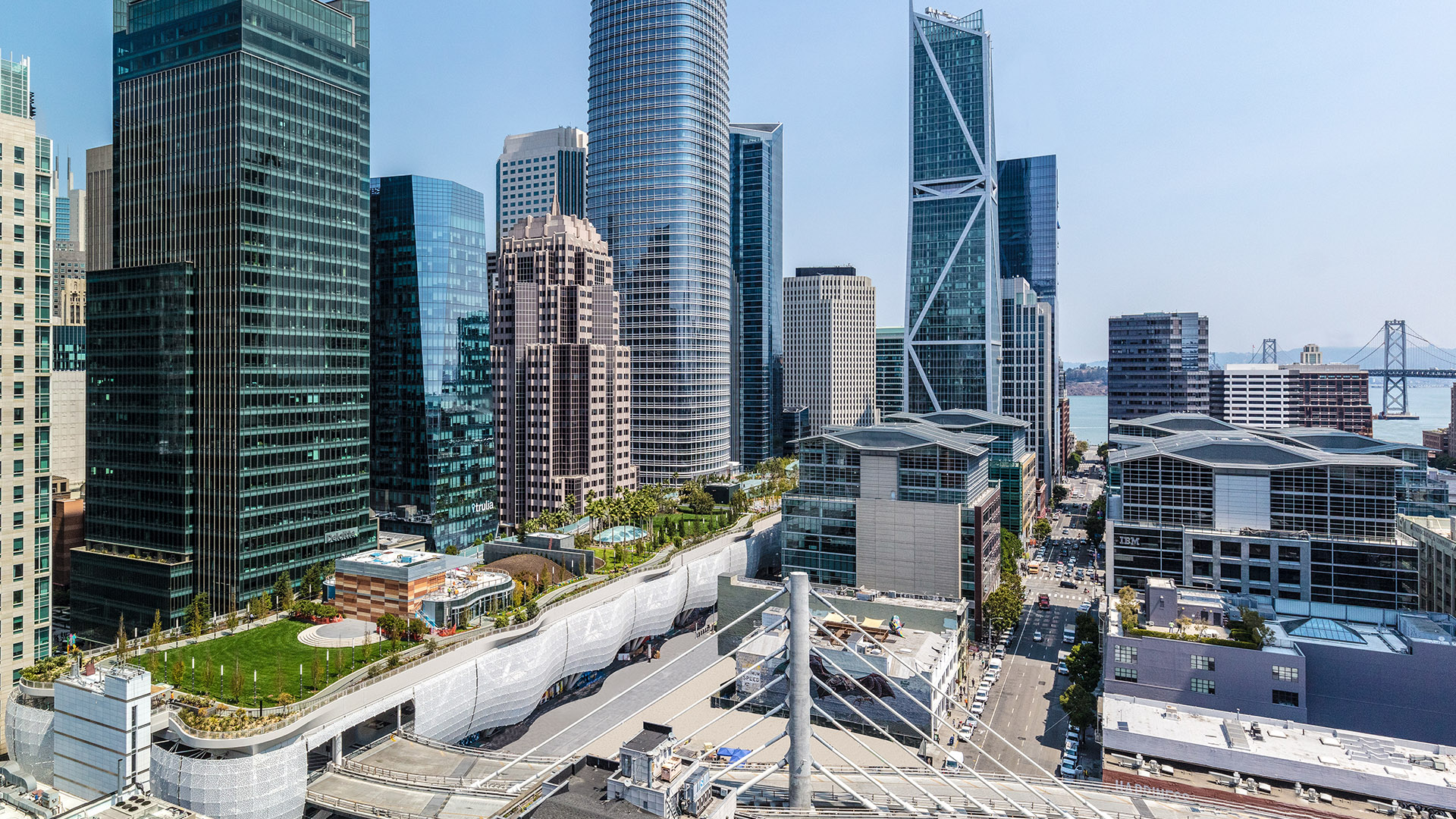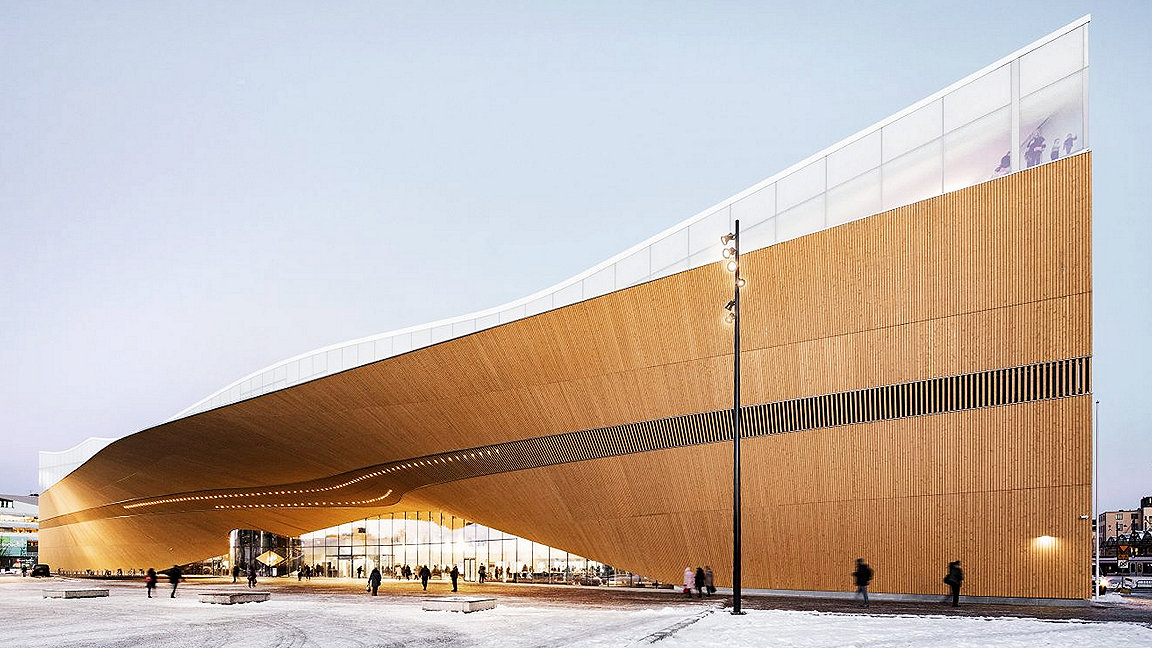
Photo by Kuvio
When the 17,250m², three-storey Oodi library opened in 2018 it had extra significance for its home city of Helsinki, and Finland as a whole.
The City of Helsinki Central Library Oodi – to use its official name – was built to commemorate 100 years of Finnish independence since December 1917, when the Bolsheviks took power.
It also gave the country’s capital a landmark both structurally, and culturally.
Designed in collaboration with the public, it is an example of the modern library: 3D printers, robotic librarians, power tools, music studios, an event space, and a collection of 100,000 books that are drawn from 3.5m stored in the city’s libraries.
And there has been a knock-on effect for the rest of the city’s 34 local libraries (that are spaced roughly every 20 blocks). The newly extended service offering musical instruments, and other items for loan, along with different events saw the total number of combined visits to all Helsinki’s libraries leap 40% to 9m in 2019, the first year of Oodi opening.
“Libraries are close to our hearts: it’s the most popular public service in Finland. We use them a lot ourselves with our children,” says Samuli Woolston, partner at ALA Architects, the designers of Oodi. Finland has one of the world’s highest literacy rates.
“Libraries are close to our hearts: it’s the most popular public service in Finland” Samuli Woolston, ALA Architects
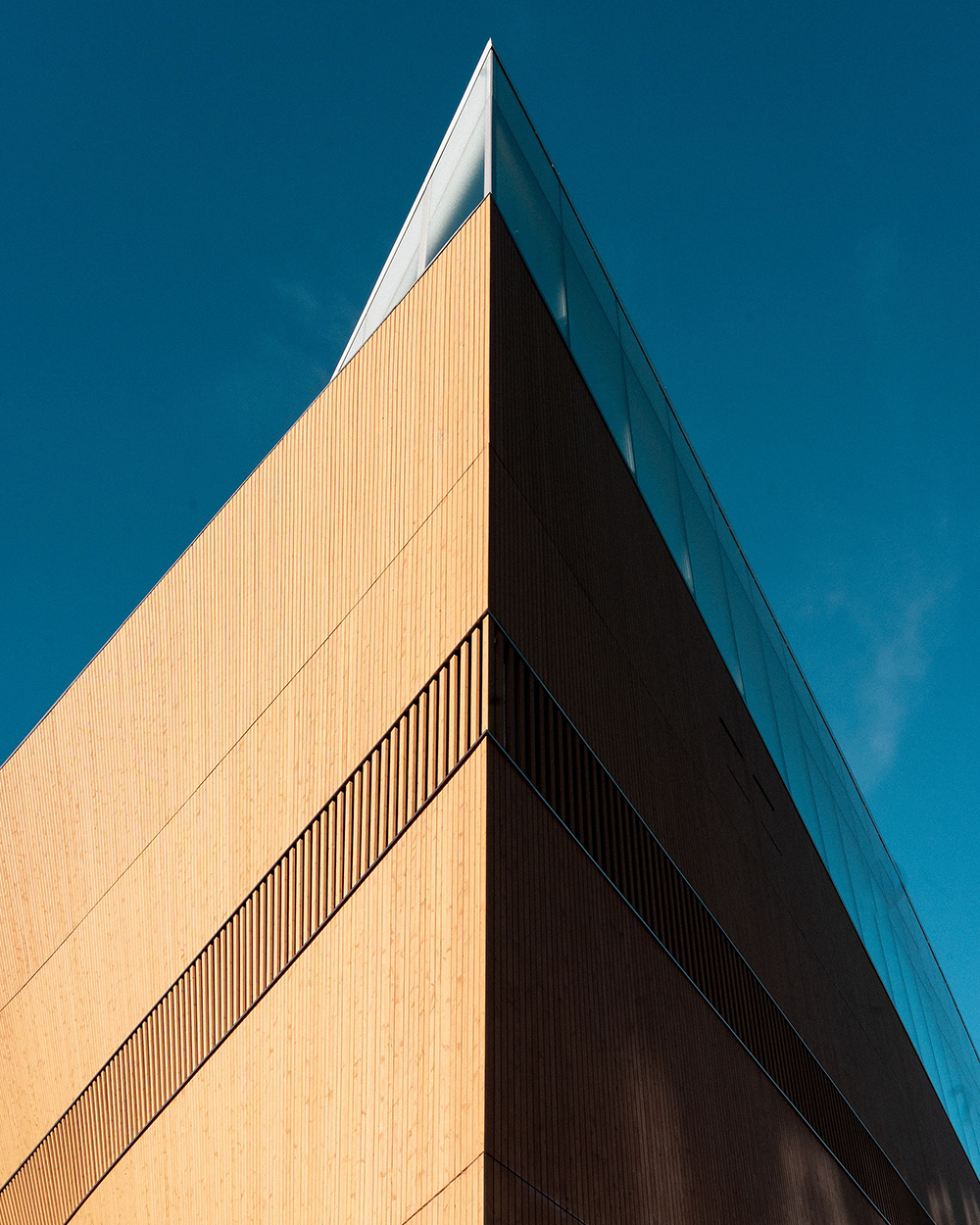
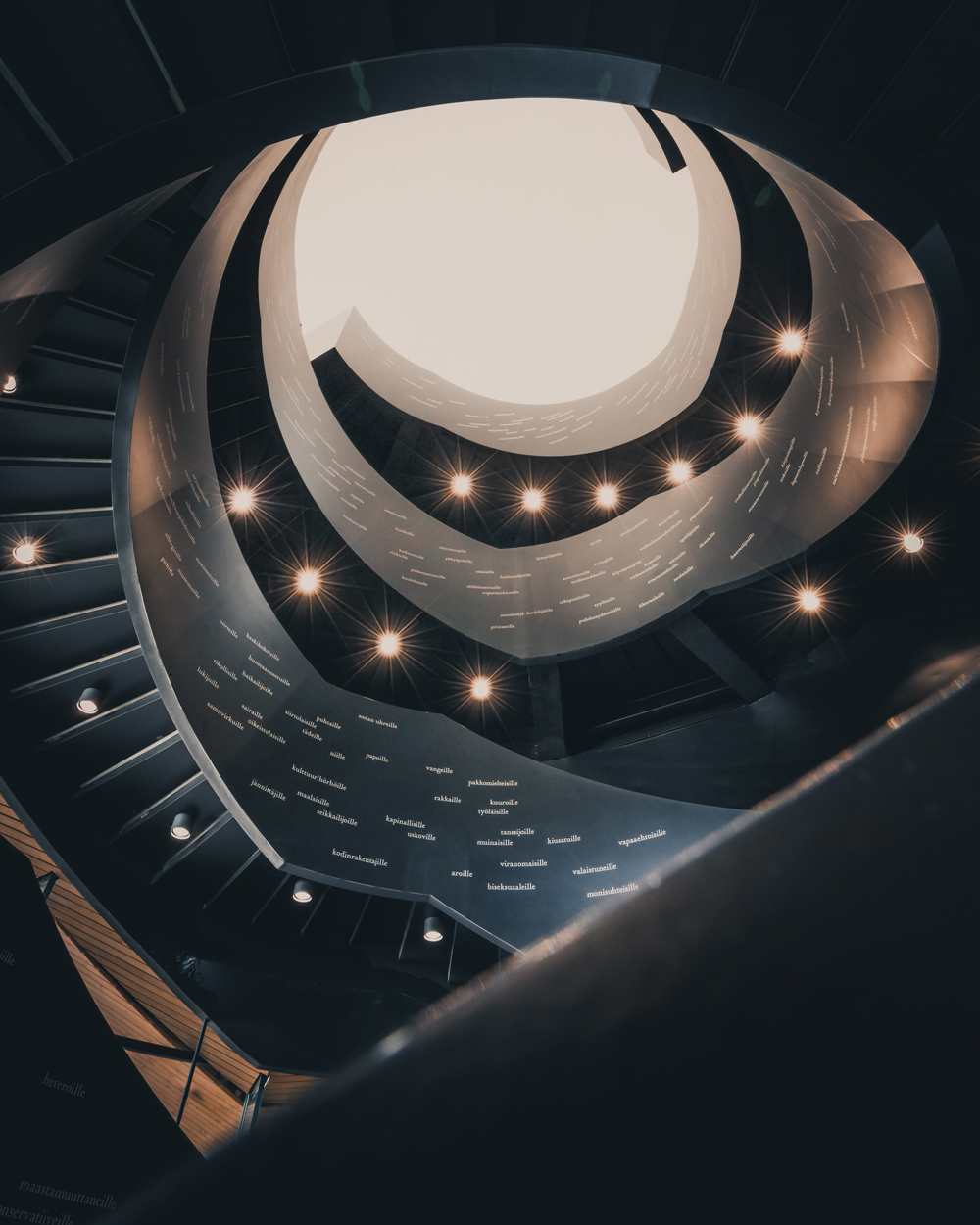
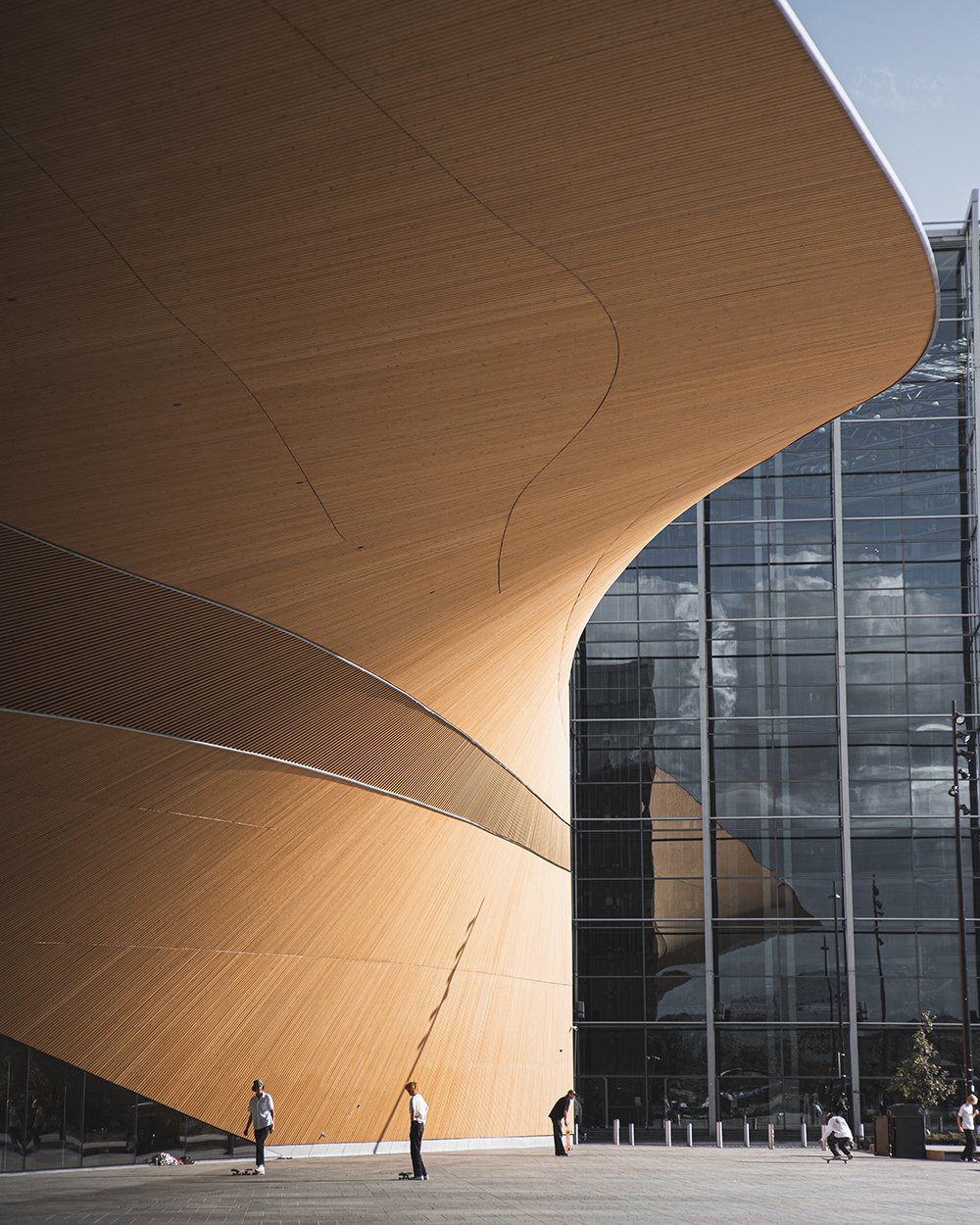
“It is this century’s landmark for Helsinki” Jussi Niemistö, CBRE Finland
A modern landmark
Today, Oodi attracts up to 20,000 daily visitors and has become picture postcard-worthy for the city of 1.3m people. “You have landmarks like Helsinki Cathedral, the white church, in the centre. But [Oodi] is something that is modern, it is this century’s landmark for Helsinki,” says Jussi Niemistö, head of research, Nordics, at CBRE Finland. “The city centre lacked a library building of this scale, that can also be a tourist attraction.”
Built on the city’s old western docks, next to the central station, the location was the last remaining undeveloped area of the city centre. Sitting in full view of the Parliament House in Helsinki, it was long considered a ‘dead spot’ in the downtown area. Plans for developing the area date back to the 1960s, when famed Finnish architect and designer Alvar Aatlo did a sketch for development.
Eventually, says Niemistö, “Parliament members saw the site every day and they thought, ‘we must do something’.”
In 2012, ALA Architects was one of 544 entrants in the competition to build the library. The team produced a 70-page competition brief, based on what the librarians required. “It was very exact, [with] even descriptions of shelf heights,” says Woolston. “There were a huge number of different functions, which was a starting point. The main thing was coming to terms with all the various things they wanted.”
Design inspiration partially came from architect OMA’s Seattle Central Library in the US, which some ALA partners had worked on as students. They challenged “the problematic thinking that there’s a clear division between contained and open spaces and they alternate.”
Putting this into practice, each of the three levels has different functions, and design. The ground floor is for sharing. “The auditorium, cinema, exhibition spaces, are open to the city and you can walk through freely. It’s almost like an outdoor space,” says Woolston.
The middle floor has multi-purpose rooms and is the most adaptable. “This is where you create things yourself,” says Woolston, “It has an industrial, unfinished feel which is solid, with no natural light, as the spaces are things that need to be contained. They can be noisy like the music studios, silent reading rooms, or there can be the machines that make nasty smells and need ventilation.”
A natural landscape was recreated for the top floor – the traditional library, where the ‘floating collection’ of books is kept. “We lifted the ends up, making hills. That works naturally as people pick up a book, climb on to the hill and sit down. It’s a very calming situation – you can observe everything going on, but you’re still a little bit to the side, at peace.”
Using Finland’s forests
The planning of Oodi, from conception to construction, was done systematically and judiciously, says Harri Annala, librarian of Helsinki Central Library Oodi. Given Finland main industry is forestry, with 75% of the country covered by greenery, wood unsurprisingly makes up the main façade, along with glass and steel.
“Funding was perhaps the biggest hurdle, as it was 100% publicly financed,” says Annala. “This was overcome when the Ministry of Education and Culture committed to contribute €30m to the construction as part of Finland’s celebration of 100 years of independence.”
On completion, the library connected cycling roads and the city centre into the Eteläsatama bay – the South Harbour. Further development is ruled out by Woolston as surrounding the library are parliamentary and office buildings – headquarters for listed industrial companies, while next to it is the Töölönlahti park.
Oodi has done what it was built for, says Niemistö: “Overall it’s had a massive effect on Helsinki. It turned a totally neglected area in the city centre into a hub for its citizens.”
With the multi-purpose, evolving use of the building, Oodi is set to continue to have an impact on the capital and country for decades to come.
Take a tour of the Oodi in Helsinki, from its cinema to the workspaces and even the library’s beautifully designed rugs.

